The Science Behind Mongolian Milk Tea: Understanding Its Salt-Alkaline Balance
Mongolian milk tea, a staple in the diets of nomadic communities, is more than just a comforting beverage. Its unique preparation and ingredients create a delicate equilibrium between salt and alkaline components, a balance that has been perfected over centuries. This article explores the chemistry and cultural significance behind this traditional drink, shedding light on why it remains an enduring symbol of Mongolian hospitality and resilience.
A Drink Steeped in Tradition
For generations, Mongolian herders have relied on milk tea not only as a source of nourishment but also as a means of maintaining health in harsh climates. The tea's distinctive flavor profile—simultaneously savory, slightly salty, and creamy—comes from a careful blend of tea leaves, milk, salt, and sometimes even butter or roasted grains. What appears to be a simple recipe is, in fact, a sophisticated interplay of minerals and pH levels that contribute to both taste and physiological benefits.
The preparation begins with boiling brick tea, a compressed form of tea leaves that can withstand long journeys across the steppes. As the tea simmers, milk—often from yaks, camels, or horses—is added, followed by a pinch of salt. This addition of salt is not arbitrary; it serves a crucial role in counteracting the natural alkalinity of the milk and tea while also aiding hydration in the arid Mongolian landscape.
The Chemistry of Salt and Alkalinity
From a biochemical perspective, the salt in Mongolian milk tea acts as an electrolyte, helping to maintain fluid balance in the body. The sodium ions from the salt interact with the alkaline compounds present in the milk and tea leaves, creating a buffer system that stabilizes the drink's pH. This balance is particularly important because excessive alkalinity can lead to digestive discomfort, while too much salt can overwhelm the palate and dehydrate the drinker.
Researchers have noted that the ratio of salt to milk in traditional recipes is remarkably consistent, suggesting an intuitive understanding of this equilibrium among Mongolian herders. The tea's final pH typically hovers around a slightly alkaline level, which is believed to aid digestion and provide a soothing effect on the stomach—a valuable trait for people consuming high-fat, meat-heavy diets.
Cultural Adaptations and Modern Interpretations
As Mongolian milk tea has spread beyond the steppes, variations have emerged. Urban preparations might use cow's milk instead of yak milk, or incorporate sweeteners for those unaccustomed to the savory original. However, purists argue that these adaptations disrupt the delicate salt-alkaline balance that defines the authentic experience. Some contemporary chefs and food scientists have even begun quantifying the ideal ratios, attempting to preserve the wisdom of nomadic traditions in measurable terms.
Despite these modern interpretations, the essence of Mongolian milk tea remains unchanged. It continues to represent a harmony between human ingenuity and natural resources, a testament to the nomadic way of life that has thrived in balance with its environment for centuries. Whether enjoyed in a traditional ger or a trendy café, each sip carries with it the weight of history and the precision of science.
Health Implications and Global Relevance
The salt-alkaline balance in Mongolian milk tea has implications beyond cultural preservation. Nutritionists have taken interest in how this ancient recipe addresses hydration and mineral intake in extreme environments. The combination of electrolytes from salt and alkaline-forming compounds from milk may offer insights for developing beverages suited to athletes or individuals working in demanding physical conditions.
Moreover, as global palates become more adventurous, Mongolian milk tea stands as an example of how traditional knowledge can inform contemporary food science. Its enduring popularity proves that flavor and function need not be mutually exclusive—a lesson that resonates in an era increasingly concerned with both culinary pleasure and nutritional optimization.
From the windswept plains of Mongolia to laboratories studying its biochemical properties, this humble yet complex beverage continues to reveal new dimensions. Its salt-alkaline balance represents not just a culinary formula, but a philosophy of equilibrium that transcends cultures—a reminder that sometimes, the most profound wisdom comes in the simplest of cups.

By /May 26, 2025
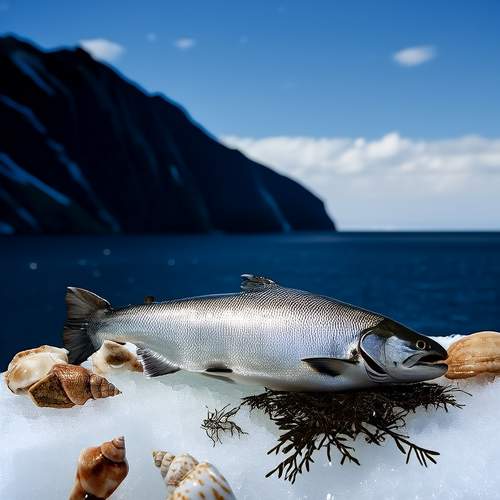
By /May 26, 2025

By /May 26, 2025

By /May 26, 2025
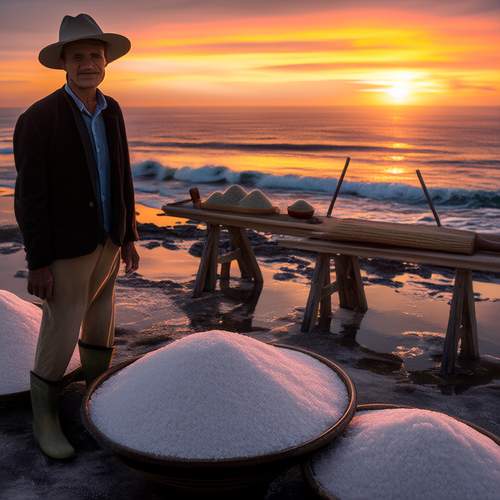
By /May 26, 2025
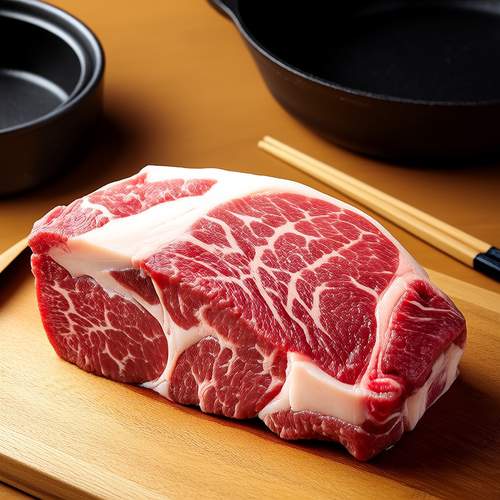
By /May 26, 2025

By /May 26, 2025
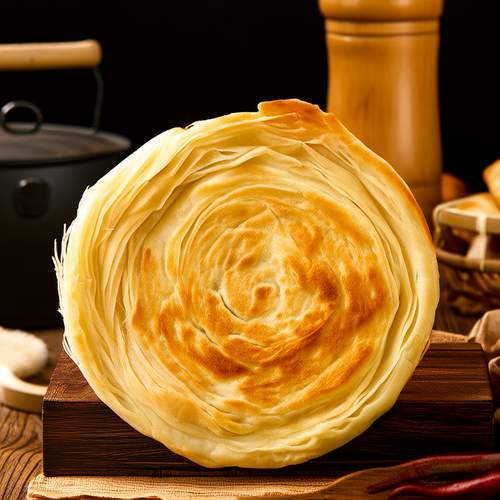
By /May 26, 2025

By /May 26, 2025

By /May 26, 2025

By /May 26, 2025

By /May 26, 2025

By /May 26, 2025
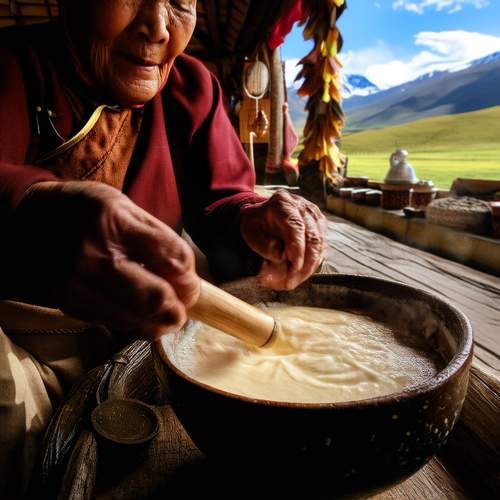
By /May 26, 2025
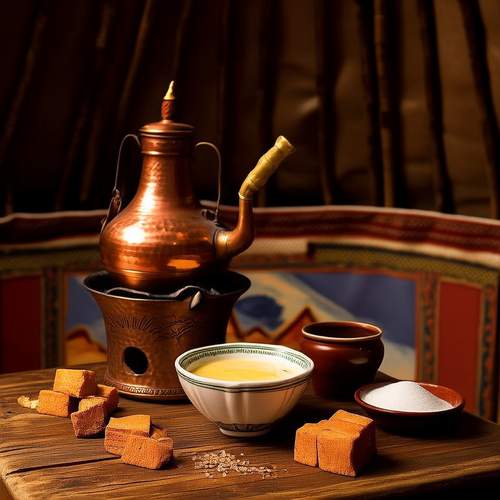
By /May 26, 2025
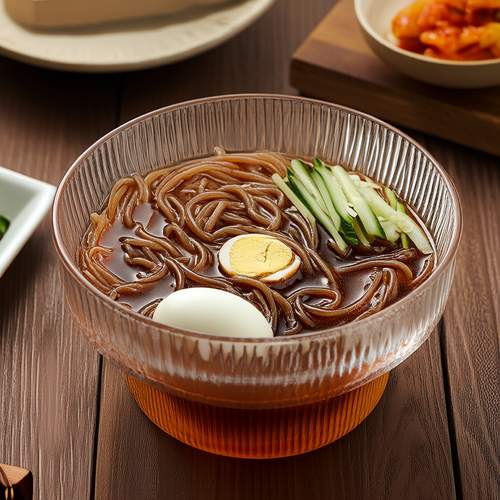
By /May 26, 2025

By /May 26, 2025

By /May 26, 2025

By /May 26, 2025

By /May 26, 2025